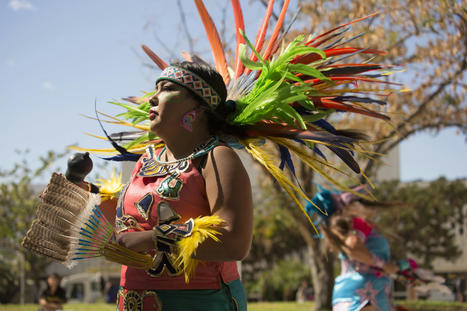 Your new post is loading...
 Your new post is loading...

|
Scooped by
june holley
|
June Holley, international network weaving consultant for over 40 years, shared her wisdom and expertise in an interview with Lorenz Sell on Knowledge Sharing for Collective Growth at this year's Transformational Learning Summit.

|
Scooped by
june holley
|
Emily Liebtag shares why systems change is necessary for the growth of learner-centered ecosystems and how we’re working to enable this progress.

|
Scooped by
june holley
|
Moonjelly Foundation is a frictionless, trust-based, no-cost ocean conservation regranter. We find money for our proven partners, so they can spend more time doing good. We are using a Pay It Forward…

|
Scooped by
june holley
|
The solidarity economy movement is ascendant! It’s true. Activists, organizers, and academics have been foretelling its rise in the United States for over a decade. But something new is afoot.

|
Scooped by
june holley
|
This article offers a critical perspective on the increasingly popular relational approach that nonprofit and philanthropic organisations adopt in creating impact networks that drive just and sustainable solutions at scale.

|
Scooped by
june holley
|
Check out what The California Cotton & Climate Coalition (C4) is doing to restore our connection with our working landscapes!

|
Scooped by
june holley
|
What we learned when creating our introductory series to systems change, Stepping Into Systems.

|
Scooped by
june holley
|
We think periodically acknowledging and reflecting on what didn’t work so well is good practice — and helps us move forward. We launched the Fito Network in January 2024 with a series of “welcoming…

|
Scooped by
june holley
|
Learning has become synonymous with formal education, which is often entangled in flawed systems that perpetuate injustice. This has resulted in a distorted perception of the true power of learning…

|
Scooped by
june holley
|
Why information is the unifying principle that allows us to understand the evolution of complexity in nature

|
Scooped by
june holley
|
SignificanceA deep understanding of social networks can be used to create an artificial tipping point, changing population behavior by fostering behavioral cascades. Here, we experimentally tes

|
Scooped by
june holley
|
We unpack 5 approaches to navigating systems change to help drive meaningful impact across systems change projects.

|
Scooped by
june holley
|
Here are the basic steps to doing a cluster map:
Grab a large piece of paper and some markers/pens (different colors help, as you can start to use them to explore the different elements of the system).
Start by identifying what you want to explore and writing it in the center of the page (this could be ‘education,’ ‘voter apathy,’ or ‘childhood obesity,’ for example).
Make sure everyone working on the map has a pen (this is not a scribbling experience where one person writes what others say; it should be that all people are contributing to the map).
Start to throw down everything that relates to the arena you are exploring (there is no wrong concept, word, or idea here — just free associate all the parts that make up the system).
Once you have a page full of random works/concepts/nodes, then start to draw connections between them (here is where you can create a key and use different colors to define different flows, such as ‘power’ and ‘government’).
Keep going until you have filled your page and it’s a complete mess or intermingled lines and words. Then, start to identity the key areas of interconnection and seek to define three new insights that have evolved from the exercise.
|

|
Scooped by
june holley
|
Networks can represent changing systems, like the spread of an epidemic or the growth of groups in a population of people. But the structure of these networks can change, too, as links appear or vanish over time. In a new paper, a trio of SFI-affiliated researchers describe a novel way to aggregate static snapshots into smaller clusters of networks while still preserving the dynamic nature of the system.

|
Scooped by
june holley
|
This work of convening, yarning, curating, weaving, narrating and designing – and all that happened between and beyond – is also systems practice: from these processes, there was learning and change, and, notably, there was emergence.

|
Scooped by
june holley
|

|
Scooped by
june holley
|
Eventbrite - Cities@Tufts presents How Local Gov Can Use Grassroots Initiatives for Sustainability Transitions - Wednesday, March 27, 2024 - Find event and ticket information.

|
Scooped by
june holley
|
As the world becomes increasingly complex, and our jobs, families, movements, and communities require more of us emotionally, managing the tension between planning and emergence gets both harder and more necessary. When pushed to our limits, it is so tempting to retire to our comfortable corners of this binary–either holding tightly to the illusion of a “perfect,” highly mapped-out plan that answers every question or going with the flow in pursuit of new opportunities as they present themselves. %

|
Scooped by
june holley
|
By Giles Thomson and Varvara Nikulina How can transdisciplinary researchers efficiently and effectively support diverse and time-poor actors in participatory scenario planning processes? Scenario planning is a useful tool for policy development, especially for contexts with high uncertainty and complexity as described by Bonnie McBain in her i2Insights contribution, Designing scenarios to guide robust decisions.…

|
Scooped by
june holley
|
A free conference exploring the power of online learning through the lens of collaboration, community, and consciousness.

|
Scooped by
june holley
|
We propose a novel definition of life in terms of which its emergence in the universe is expected, and its ever-creative open-ended evolution is entailed by no law. Living organisms are Kantian Wholes that achieve Catalytic Closure, Constraint Closure, and Spatial Closure. We here unite for the first time two established mathematical theories, namely Collectively Autocatalytic Sets and the Theory of the Adjacent Possible. The former establishes that a first-order phase transition to molecular reproduction is expected in the chemical evolution of the universe where the diversity and complexity of molecules increases; the latter posits that, under loose hypotheses, if the system starts with a small number of beginning molecules, each of which can combine with copies of itself or other molecules to make new molecules, over time the number of kinds of molecules increases slowly but then explodes upward hyperbolically. Together these theories imply that life is expected as a phase transition in the evolving universe. The familiar distinction between software and hardware loses its meaning in living cells. We propose new ways to study the phylogeny of metabolisms, new astronomical ways to search for life on exoplanets, new experiments to seek the emergence of the most rudimentary life, and the hint of a coherent testable pathway to prokaryotes with template replication and coding.

|
Scooped by
june holley
|
All our current global challenges can basically be traced back to one underlying paradigm or myth: That we are separate from others and the world. When we try to address challenges su…

|
Scooped by
june holley
|
How can one conciliate the claim that humans are uncertainty minimizing systems that
seek to navigate predictable and familiar environments with the claim that humans
can be creative? We call this the Enlightened Room Problem (ERP). The solution, w

|
Scooped by
june holley
|

|
Scooped by
june holley
|
Sarah Darcie, Policy & Stakeholder Youth Fellow, explains how the Climate Champions are working to elevate the needs of Indigenous Peoples, highlighting their solutions and helping change the narrative of climate finance.
|
 Your new post is loading...
Your new post is loading...
 Your new post is loading...
Your new post is loading...




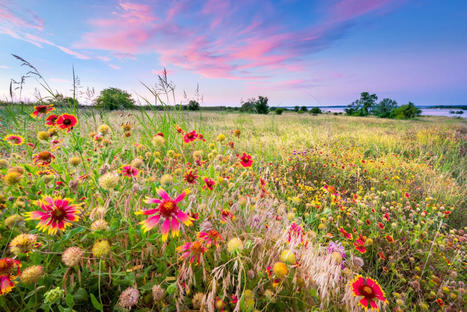



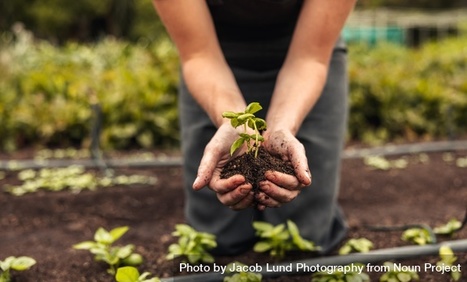

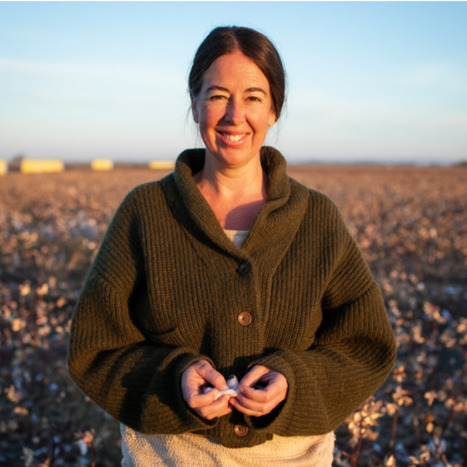
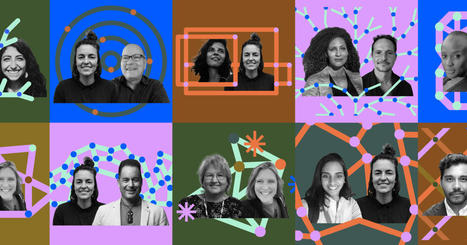


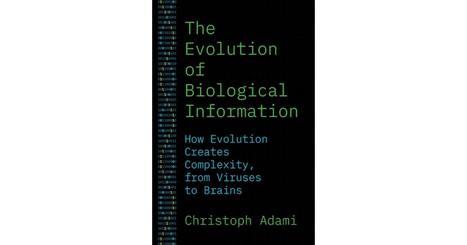
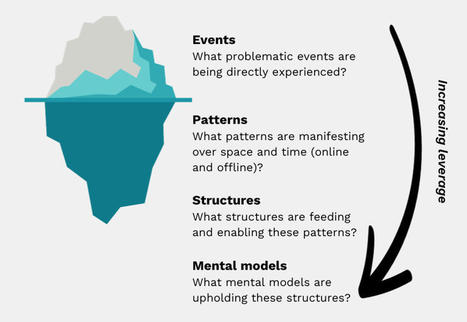

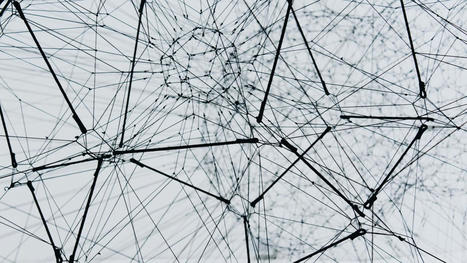
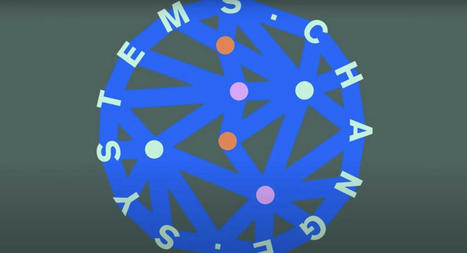

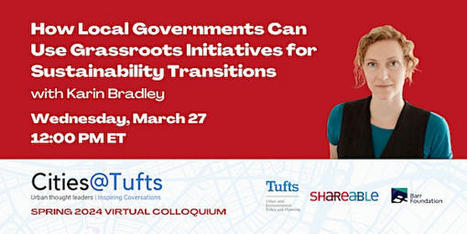

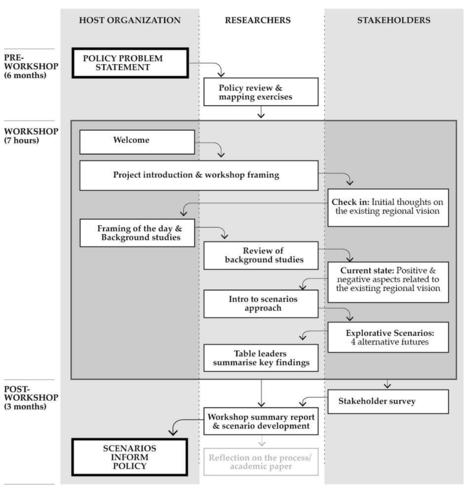
![[2401.09514v1] Is the Emergence of Life an Expected Phase Transition in the Evolving Universe? | networks and network weaving | Scoop.it](https://img.scoop.it/R3Nf-aV-zFCPDr3s1jV_-zl72eJkfbmt4t8yenImKBVvK0kTmF0xjctABnaLJIm9)


